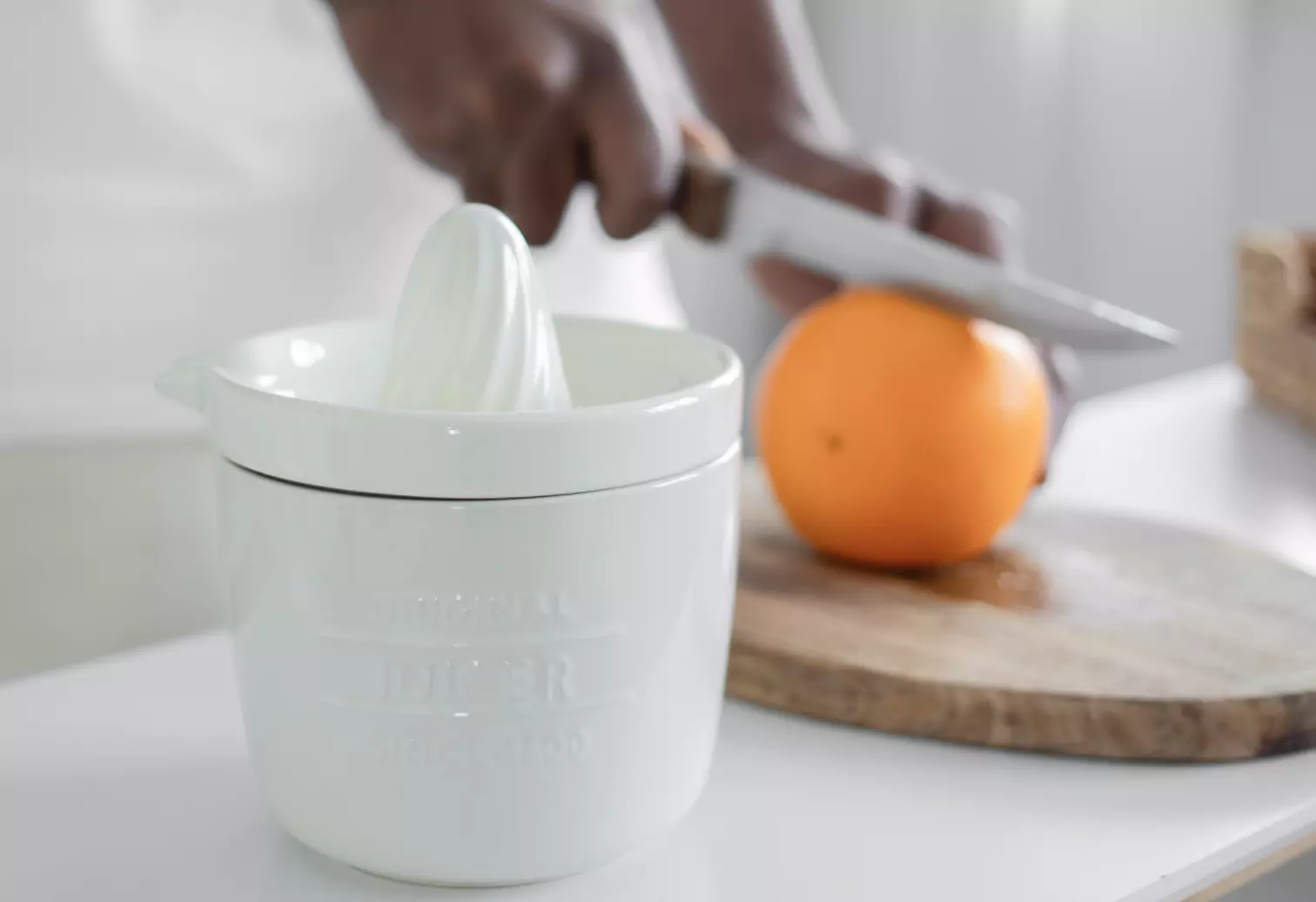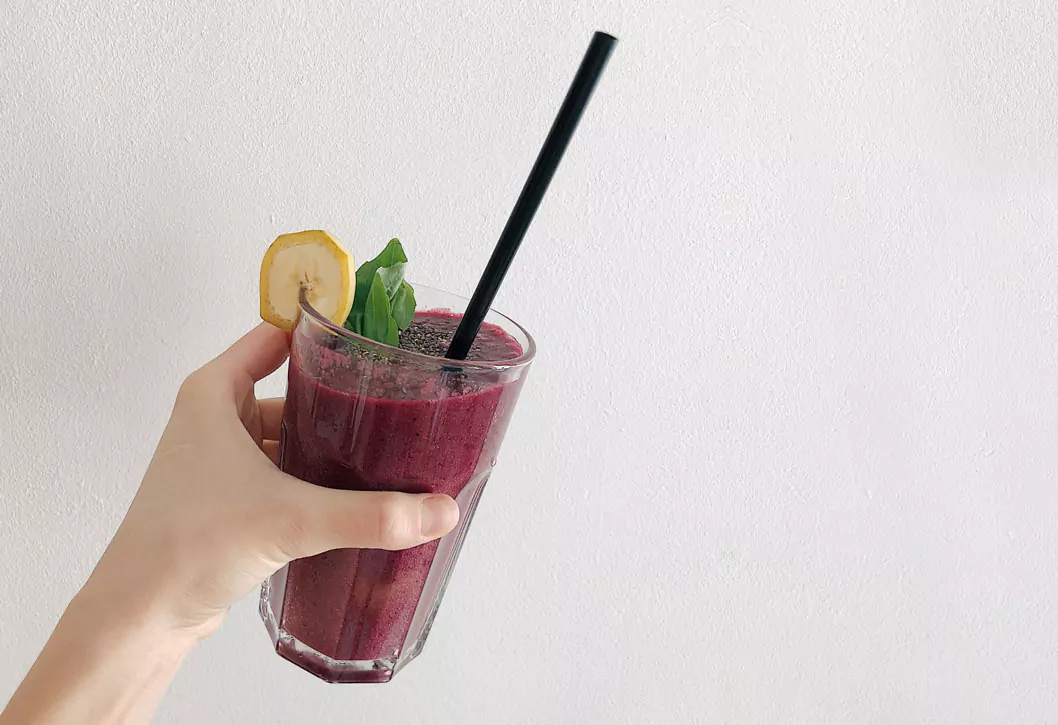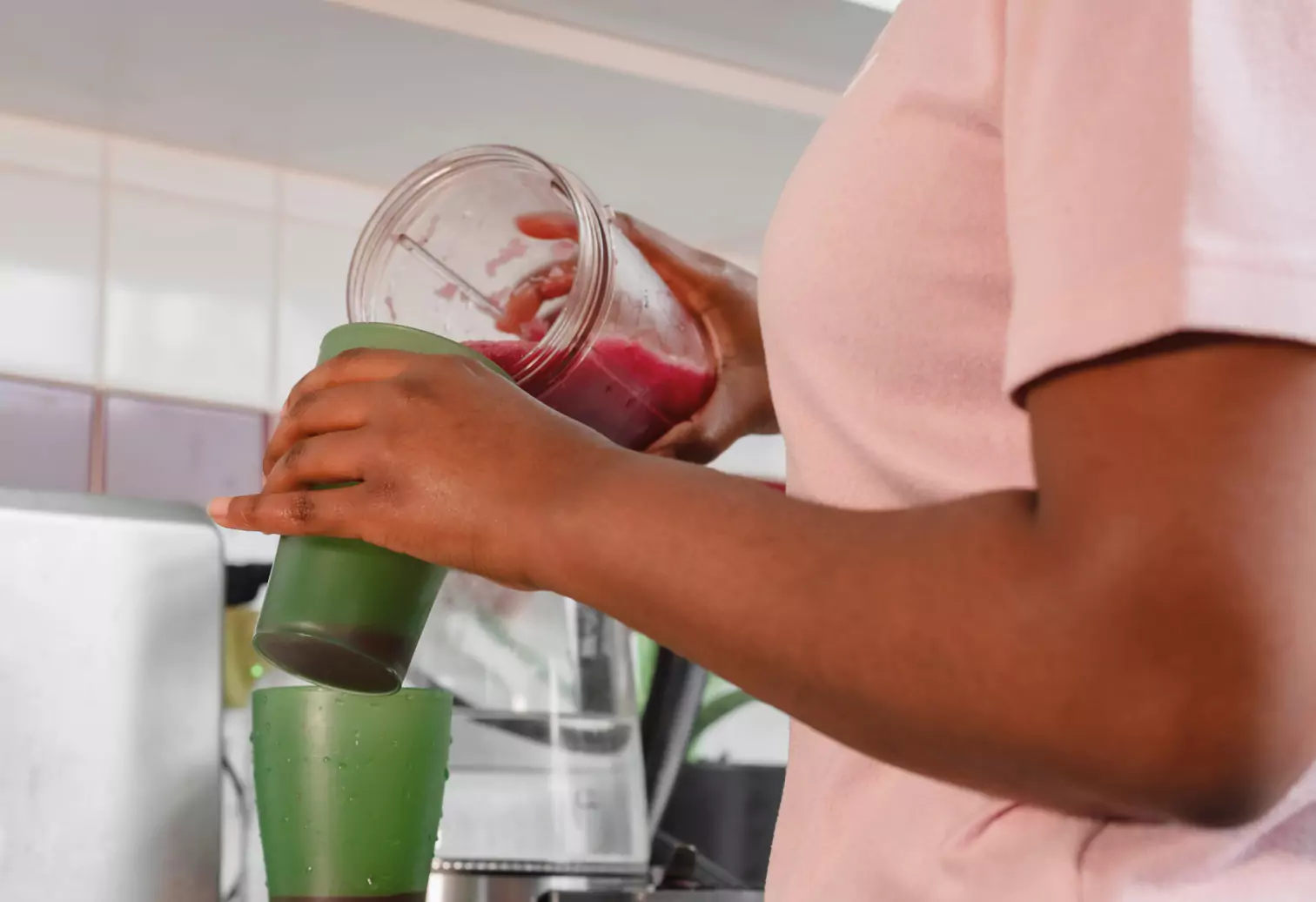Fruit Juice or Whole Fruit? What You Should Pick and Why

Key Takeways
There are so many reasons to drink fruit juice. It’s a great addition to breakfast and a convenient way to consume more fruits. No brunch is complete without mimosas, with a healthy splash of orange juice. And as the weather gets warmer, it may be tempting to reach for a glass of refreshing fruit juice even if you don’t usually drink it.
An apple a day may keep the doctor away, but does a glass of apple juice have the same benefits as eating the whole fruit? Is starting your day with a glass of fruit juice good for your health?
Juice cleanses and juicing are a hot topic in the wellness world, often seen as a must-have for healthy living. But while eating fruit can help with everything from heart disease to cholesterol, drinking juice, even fresh fruit juice, may not have the same benefits. Sure, it’s easier to consume, but is it really easier for your body to absorb nutrients from your fruit and vegetables when you drink them?
While there’s no one-size-fits-all and no reason not to consume fresh juice, consuming all of your fruit (and vegetables!) in juice may not be as good for you. Read on to find out more about juicing, whole fruits, and why one may be better for you than the other.
What Is Juicing?

Juicing is a process in which you extract juice and nutrients from whole fruits and vegetables, separating the solid matter from the liquid. The result is fresh juice filled with most of the nutrients, minerals, vitamins, and antioxidants present in the whole foods you choose to juice.
Before you begin juicing, choose ingredients that will give you the right combination of vitamins and minerals. An excellent way to ensure you do this is by consulting with a credentialed dietitian or nutritionist.
Second, start integrating it slowly so your body can adjust to the new influx of juice. You can extract the juice from fresh fruits or vegetables and drink it immediately by juicing. It can be a convenient way to add more nutrients to your diet and is perfect for on-the-go lifestyles.
Picking the Right Juicer for Your Needs

There are many different juicers available, so be sure to do your research before purchasing one. If you’re wondering how to choose, here’s more about the four different types of juicers typically used in homes to juice fruits and vegetables:
1) Masticating Juicer
Masticating juicers are a healthier way to juice your fruits and vegetables, and they use a slower speed to crush the whole fruit, which helps keep more of all those important nutrients in the fresh juice. These juicers are ideal for people who are looking for a more nutritious beverage option.
2) Twin Gear Juicer
Twin gear juicers, also known as triturating juicers, have two gears that grind and press the produce to extract the juice. These juicers are said to be more efficient than other juicers because they extract more juice and nutrients from the produce. Twin gear juicers are also known for their ability to extract high levels of juice from fruits and vegetables.
3) Centrifugal Force Juicer
Centrifugal force juicers are the most common type of juicer and are perfect for beginners. This type of juicer is simple to operate and easy to clean. Plus, centrifugal force juicers are affordable compared to other juice extractors.
These juicers work by extracting juice from fruits and vegetables using centrifugal force. They grind the fruits and vegetables with cutting blades at high speed. As they spin, they separate the solids from the juice being extracted. It helps break down cell walls so that the juice can release more vitamins, minerals, and antioxidants.
4) Cold Press Juicer
If you're looking for a reliable, fast, and efficient juicer that will last for years, then a juice press could be a good choice. They're easy to use and clean, making them the perfect choice for anyone who wants to start drinking more juice. These juicers are also known as cold press juicers.
So, Is Juicing Good for Your Health?

Juicing your fruits will still extract the antioxidants and vitamins from your fruit, so juicing isn’t all bad for your health but may reduce other health benefits of eating whole fruits.
Research shows that drinking juice may increase the risk of developing type 2 diabetes for some. The juicing process can also reduce the amount of dietary fiber and phytochemicals in fruit. Fiber helps your body slow down the digestive process and slow glucose uptake into the bloodstream. Since you absorb juice faster than your body does whole fruit, it can affect your digestive system, spike your blood sugar levels, and affect insulin levels.
Juicing can be a great way to eat more fruit. But if you want to get the most out of all the dietary fiber, carbohydrates, and phytonutrients in fruit, the juicing process, it’s a good idea not to make it the only way you consume fruit. It’s also important to remember that some fruit juice can be high in sugar and calories, so it's important to watch portion size—you could end up drinking more than you’d typically eat.
Here are some pros and cons to consider before you integrate juicing into your diet or try to use it to replace whole fruits and vegetables:
Pros of Juicing
- Juicing offers many health benefits, including improved digestion and possible weight loss (due to calorie reduction). But there’s always more to consider since weight loss is multi-factorial and possibly dangerous if done improperly or in an unhealthy manner.
- Juicing can be a way to increase nutrient-intake in addition to whole fruits and vegetables for those who might require additional supplementation or support.
- Fresh fruit and vegetable juice can be a a more nutritious alternative to drinking sweet drinks like soda or pre-bottled juices that often have added sugar content.
Cons of Juicing
- Juicing may remove the fiber from fruits and vegetables, so you're getting all of the sugar and nutrients without the health benefits of fiber.
- Juicing can be expensive and time-consuming; cleaning up after juicing is no joke!
- There is currently no scientific evidence that extracted juice is healthier than eating whole fruits and vegetables.
- When you remove the skin and pulp from fruits and vegetables, you lose the fiber that helps your body absorb sugars more slowly, but you’re also concentrating the amount of sugar you’re consuming. It may result in spikes in your blood glucose levels and, consequently, your insulin levels.
- Removing the fiber and concentrating the sugar content of fruits and vegetables may lead to weight gain.
Pro Tip From the Nutrisense Nutrition Team
Instead of juicing your fruits and vegetables, try blending them or blending them into a smoothie with some yogurt or milk. It will help you retain the benefits of the fiber from the whole fruits and vegetables while liquidating them and making them easier to consume.
The fiber will help slow your sugar uptake, aid in digestion, and help you to feel fuller for longer. If you do want to juice, try juicing once a day and pair your juice with a bit of protein to help slow the sugar uptake.
Should I Avoid Juicing?

Not altogether! Juicing may not be the best way to eat your fruit, but it’s one way to get more fruit into your diet. It’s a great way to replace sodas and store-bought drinks typically full of added sugar, but it shouldn’t replace the whole fruits and vegetables in your diet.
This is a case of “everything in moderation.” While it may seem like an easy way to consume the fruits and vegetables that you need daily, whole foods are typically the best option. For some, juicing can cause spikes in blood glucose, and it can concentrate the calories in the produce you select too.
To ensure you’re making the right choice for your specific needs, track and monitor how your body responds to different fruit juice. A convenient way to do this is by using a continuous glucose monitor, or CGM. It’s also best to consult with a credentialed dietitian or nutritionist before adding or eliminating any foods from your diet.
Find the right Nutrisense programto turn insight into progress.
Go Beyond Glucose Data with Nutrisense
Your glucose can significantly impact how your body feels and functions. That’s why stable levels are an important factor in supporting overall wellbeing. But viewing glucose isn't enough. Nutrisense, you’ll be able to learn how to use your body's data to make informed lifestyle choices that support healthy living.
One-to-one coaching
Sign up to access insurance-covered video calls to work with a glucose expert: a personal registered dietitian or certified nutritionist who will help tailor your lifestyle and diet to your goals.
Monitor and measure what matters
With the Nutrisense CGM Program, you can monitor your glucose with health tech like glucose biosensors and continuous glucose monitor (CGM)s, and analyze the trends over time with the Nutrisense App. This will help you make the most informed choices about the foods you consume and their impact on your health.
Find your best fit
Ready to take the first step? Start with our quiz to find the right Nutrisense program to help you take control.

Amanda is a Nutrition Manager and Registered Dietitian, with a Masters in Dietetics from Stephen F. Austin State University. Originally from south GA, she got her undergrad degree from Texas Tech University. She worked at a hospital in Fort Worth, TX, for 4 years as a dietitian, counseling those living with HIV.




